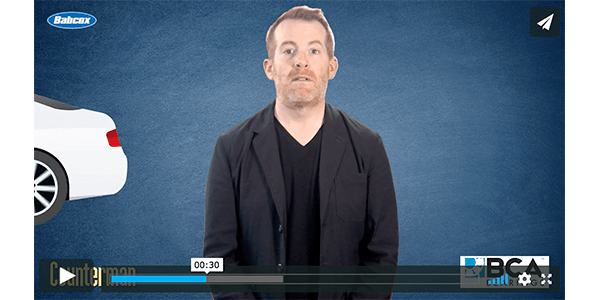Diagnosing a bad wheel bearing doesn’t have to be complicated, if you know what to look for! Counter Intelligence is next!
Hi guys, I’m Mark Phillips. In some previous videos, I discussed the fact that problems other than a bad wheel bearing, can cause some strange sounds that will alarm a motorist. But how does a technician actually arrive at a bad wheel bearing diagnosis?
Some worn wheel bearings can often be detected by rocking the vehicle from side to side at low speeds with the steering wheel. This technique tends to increase the load on the bearings, causing the pitted bearing to become noisier than usual. This test works better when the vehicle is warm and in a parking area or roadway with light traffic.
One tool that is helpful in diagnosing wheel bearings is a wired or wireless microphone-stethoscope that can be attached to a knuckle. Once an engineer-only tool, the prices for these microphone-stethoscopes have dropped dramatically. While there are no set specifications for noise or standardized mounting points for the listening device, it can allow someone to compare the bearing on each side and compare while on a test drive. These devices can also allow someone to eliminate components that could be the source of cyclical noises like CV joints, brakes and differentials.
What about when a vehicle is on the lift? To check for play, grab the tire at the 12 and 6 o’clock positions and move it back and forth. As a rule, there’s shouldn’t be play or looseness if the vehicle has sealed wheel bearing cartridges, or hubs with sealed wheel bearing assemblies. On older vehicles with serviceable wheel bearings, a little play is normal, but a lot of play — is not. As always, refer to the vehicle’s service specifications for the maximum amount of acceptable play.
The cause of wheel noise doesn’t have to be a mystery — if you know what to look for. I’m Mark Phillips. And thanks for watching.











